|
If you're unsure about what rims fit what, you can relieve your fears by doing business with your local professional tire/wheel shop. They not only have that tricky little tool we talked about, they probably already know exactly what pattern your 4x4 is using. |
Tire and wheel manufacturers just love off-roaders. Why? Because they go out and buy a new truck or SUV, and before the tires are even scuffed, they pop for a new set of over-sized tires and trick rims.
The old (?) tires and rims get stored somewhere in the back of the garage and are soon forgotten. Until one day, during spring cleaning, the owner realizes that there are five perfectly good wheels and tires sitting in there that can be turned into cash.
The ad gets placed in the local bargain box paper:
"FIVE MOUNTED TIRES, XYZ All Terrain brand, 31 X 10.50-15 on stock rims. Fits late model Ford Bronco. $200 o.b.o. for all. Call Fred at 555-1212."
Then the phone starts ringing and the fun starts:
"You the guy who got the tires and wheels for sale?"
"Yup. They're like brand new. You interested?"
|
Got the hots for some fresh rims? Of course you do! Nobody wants to drive around with black steel rims on a cool 4x4. |
"Depends. What's the lug pattern?"
"Uhhh ... well, there's five holes in the rims. That's all I know. And they were mounted on a '94 Bronco."
"Well, since I don't have a Bronco right in front of me, I don't know if they'll fit my truck. So what are they? Five-on-five? Or five-on-4 and 1/2?"
"Jeez, I don't have a clue. Why don't you just run out and take a look. I live out near Northlake."
"Hey, that's a half hour drive. I don't want to waste my time if they're the wrong lug hole pattern. Why don't you save me a trip and go out and check the pattern."
"Uhhh ... well ... actually ... that is ... you see ... I don't know how to do that, to be perfectly honest."
"Man, you better figure out what those things fit if you expect to sell 'em."
|
Here's an eight-hole rim. These are typically found on heavier vehicles, like ¾ and 1-ton trucks. |
Five hole rims are common on smaller rims and on ½ ton and mini trucks. |
After another half dozen phone calls asking about the rim lug hole pattern, our friend got in his Bronco with the big tires and fancy wheels, and headed for his friendly neighborhood tire store, where he found the info he needed. The next time the phone rang, he was able to give the right information and turned those tires and wheels into cash.
YOU CAN DO IT, TOO, IF YOU HAVE A TAPE MEASURE
All tire and wheel shops have a special tool that they can place
over the rim holes that tells them the pattern. Since this tool
costs over $20 and you won't use it very often, you can check you
own hole pattern if you have a simple tape measure.
Most lug holes are 1/2", 9/16" or 5/8". Most trucks and SUVs of 1/2 ton size or less will come with the half-inch size. If you're upgrading to a slightly larger tire size, chance are that the stock lug studs will handle the job nicely. However, if you're going to some really big tires, you might have to upgrade the stud size to handle the increased loads. Check with the after market wheel and tire manufacturer for their recommendations.
When measuring, be sure that your tape is located dead center on the hole (or on one edge with the five-hole pattern) for accuracy. It's very hard to tell small differences, but 1/4 inch can make a big difference. For example, the largest rim size you can get with a 5-on-4 and 1/4" wheel pattern is a 14 inch rim. But there are numerous 15 inch rims available in 5-on-4 and 1/2" patterns, so you can see how critical an accurate measurement is.
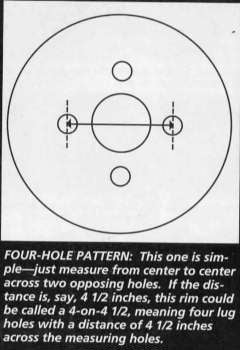 |
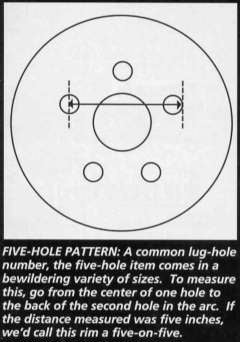 |
If the rim is still on the vehicle, it's often hard to get that accurate measurement. One simple trick is to take a sheet of paper and press it down firmly on the studs you need to measure, then measure the marks on the paper.
Another trick is to take some stiff wire - a coat hanger will do fine - and bend the wire into a wide "U" shape, using the ends of them to act like calipers.
The very best method is to actually take the wheels off the vehicle, lay them flat on the ground, and measure the holes carefully, while looking straight down.
As long as you're removing lug nuts and swapping wheels, you might as well tighten the nuts properly. On a typical car or truck, 80-90 ft. lbs. is normal for torque, but you should refer to your owners manual for their recommendations.
The studs and lug nuts should be clean and free of rust, and should be lubricated with a light spray. Ideally, use a torque wrench when tightening the lug nuts, unless you have a highly educated elbow. Always tighten the lug nuts in a criss-cross pattern, like the one shown in the illustration. Tighten all the nuts down about halfway, then to maximum torque in the pattern. After all of the nuts are checked, drive the vehicle a short distance and re-check the torque. While few people go through all this trouble just to swap wheels, it is the pro correct method.
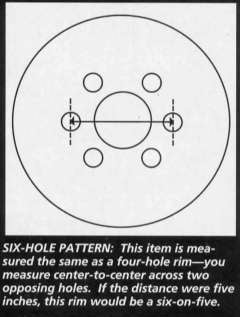 |
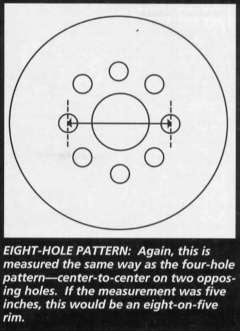 |

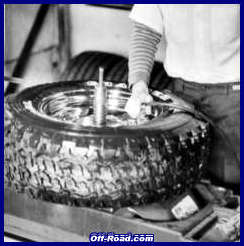
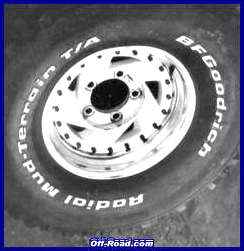
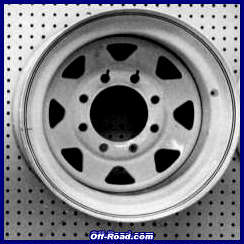
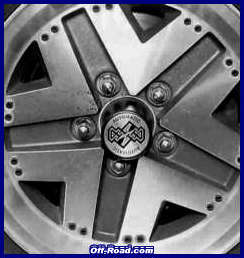

 Your Privacy Choices
Your Privacy Choices